- Doctors & Departments
-
Conditions & Advice
- Overview
- Conditions and Symptoms
- Symptom Checker
- Parent Resources
- The Connection Journey
- Calm A Crying Baby
- Sports Articles
- Dosage Tables
- Baby Guide
-
Your Visit
- Overview
- Prepare for Your Visit
- Your Overnight Stay
- Send a Cheer Card
- Family and Patient Resources
- Patient Cost Estimate
- Insurance and Financial Resources
- Online Bill Pay
- Medical Records
- Policies and Procedures
- We Ask Because We Care
Click to find the locations nearest youFind locations by region
See all locations -
Community
- Overview
- Addressing the Youth Mental Health Crisis
- Calendar of Events
- Child Health Advocacy
- Community Health
- Community Partners
- Corporate Relations
- Global Health
- Patient Advocacy
- Patient Stories
- Pediatric Affiliations
- Support Children’s Colorado
- Specialty Outreach Clinics
Your Support Matters
Upcoming Events
Mental Health Town Hall
Tuesday, April 23, 2024Join Children’s Hospital Colorado pediatric experts for a virtual...
-
Research & Innovation
- Overview
- Pediatric Clinical Trials
- Q: Pediatric Health Advances
- Discoveries and Milestones
- Training and Internships
- Academic Affiliation
- Investigator Resources
- Funding Opportunities
- Center For Innovation
- Support Our Research
- Research Areas

It starts with a Q:
For the latest cutting-edge research, innovative collaborations and remarkable discoveries in child health, read stories from across all our areas of study in Q: Advances and Answers in Pediatric Health.


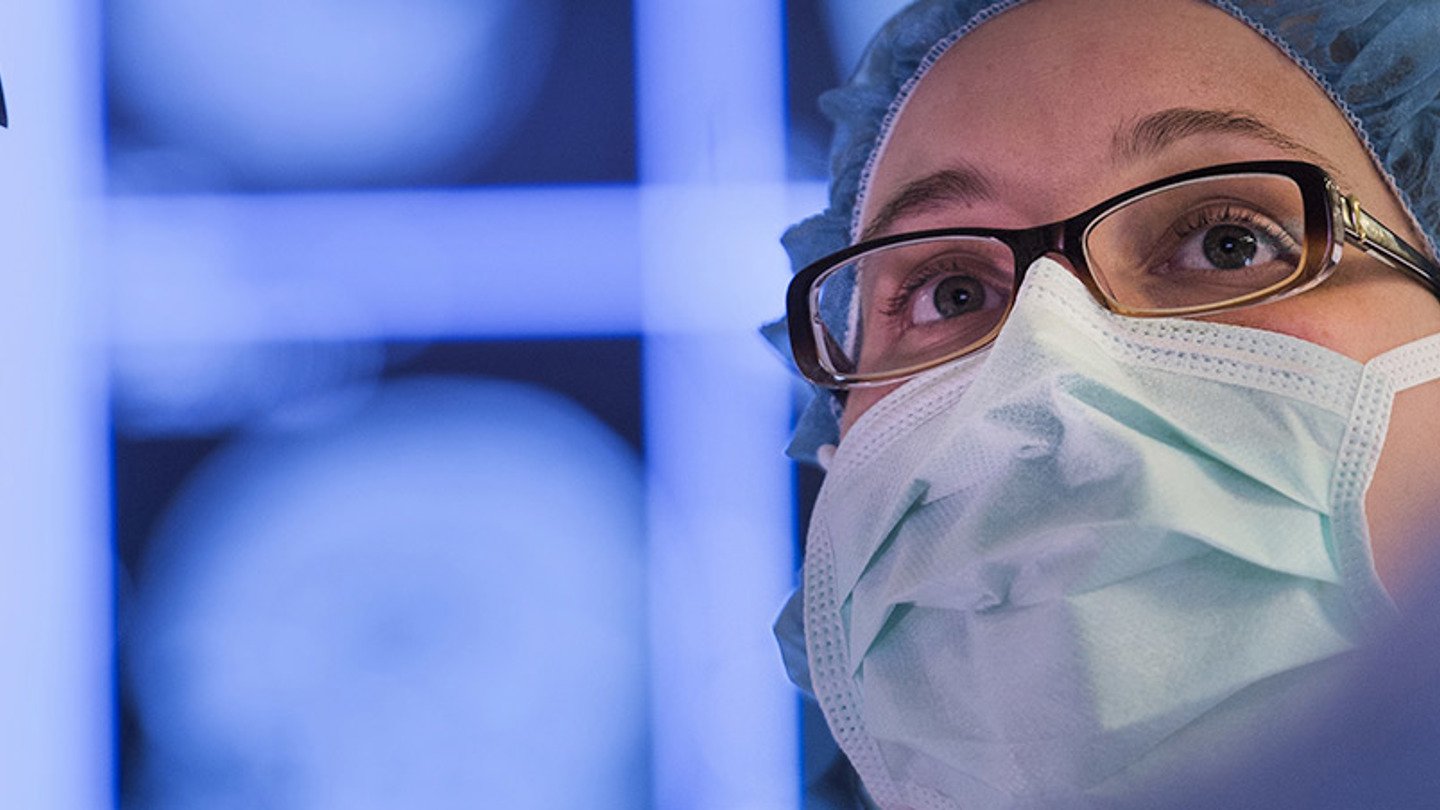
About the Pediatric Neurosurgery Program
The Pediatric Neurosurgery Program at Children's Hospital Colorado diagnoses and treats children with diseases of the brain, spine and nerves. We offer integrated, comprehensive treatment for all types of disorders affecting the nervous system and skull such as traumatic injury, brain tumors, blood vessel disorders, congenital anomalies (birth defects) and facial and skull deformities.
Why choose us for pediatric neurosurgery
Children's Colorado has the most comprehensive pediatric neurosurgical program in the Rocky Mountain region. Our fellowship-trained and board-certified pediatric neurosurgeons have more than 60 years of combined experience and focus solely on treating children.
Our neurosurgeons work closely with other internationally known specialists at Children’s Colorado to form multidisciplinary programs and clinics such as our Craniofacial Clinic, Neurovascular Program, Neuro-Oncology Program, Spasticity and Tone Management Clinic, Spinal Defects Clinic and Epilepsy Program.
Who we treat at the Pediatric Neurosurgery Program
We provide treatment for children of all ages with medical conditions such as:
- Arachnoid cysts
- Brachial plexus injury
- Brain tumors and spinal cord tumors
- Chiari malformation
- Craniofacial disorders such as simple and complex craniosynostosis, Apert syndrome and Crouzon syndrome
- Congenital anomalies of the brain and spinal cord
- Degenerative spine disease
- Epilepsy
- Hydrocephalus
- Spasticity
- Spina bifida (including fetal myelomeningocele repair)
- Syringomyelia
- Tethered spinal cord
- Traumatic and congenital spinal instability
- Trauma to the brain and spinal cord (brain and spinal cord injuries)
- Vascular disorders including arteriovenous malformation, aneurysms, cavernous malformations and Moya-Moya disease
Learn more about the conditions we treat.
Pediatric surgeries we perform
- Endoscopic craniosynostosis repair is a minimally invasive technique that uses small incisions and cameras to safely treat young children (usually less than 6 months of age) with early fusion of the bony sutures of the skull, a condition known as craniosynostosis. Our multidisciplinary team of pediatric neurosurgeons and craniofacial plastic surgeons performs these procedures.
- Endoscopic endonasal surgery (EES) is a minimally invasive technique that uses the nasal and sinus openings to reach the base of the brain and skull, or top of the spine, so there is no need to make incisions on the head or face. For over 10 years, our pediatric neurosurgeons have worked closely with sinus surgeons from our Department of Otolaryngology (Ear, Nose and Throat) to perform these operations. These procedures are most commonly used to diagnose and treat various types of tumors (such as craniopharyngioma or pituitary adenoma) or infections.
- Stereoelectroencephalography (SEEG) is a minimally invasive procedure used to identify the source of seizures in a child’s brain. SEEG uses sophisticated technology to implant up to 20 electrodes through small holes in the skull (about the width of a piece of spaghetti) into the tissue of the brain. The electrodes monitor a child's seizures and help pinpoint where they begin.
- Stereotactic laser ablation (SLA), or laser interstitial thermal ablation (LITT) is a minimally invasive procedure that destroys lesions (damaged tissue caused by injury or disease) in the brain, including tumors and tissue that cause seizures. In this procedure, a laser fiber is placed into the area that is causing seizures with computer-assisted stereotactic guidance.
- Fetal myelomeningocele closure is surgery to close a fetus’ myelomeningocele in the womb. Myelomeningocele is one of the most complex congenital disorders affecting the nervous system, causing damage to both the spine and the brain. In a rigorous research trial, fetal surgery for myelomeningocele has been shown to improve outcomes in patients with myelomeningocele compared to surgery that is done after the baby is born. In carefully selected cases, a team of Children’s Colorado surgeons can operate on the unborn baby to close the myelomeningocele months before the baby’s due date.
- Selective dorsal rhizotomy (SDR) is surgery that reduces spasticity, or tightness, in the muscles of the legs. It is usually performed in children with cerebral palsy and spasticity (a type of muscle tightness) in the legs. Many of these children have difficulty walking due to the tightness of their muscles. During SDR surgery, tiny sensory nerves that exit the spinal cord are stimulated, and the ones that cause the most abnormal movements in the legs are cut. SDR helps to improve a child’s ability to walk, without losing any strength in their leg muscle.
- Endoscopic third ventriculostomy with choroid plexus cauterization (ETV/CPC) offers certain babies with hydrocephalus a chance to avoid lifelong dependence on a shunt. The surgeon uses a small flexible camera to safely move through the baby’s ventricles, which are the CSF (cerebrospinal fluid) spaces in the center of the brain. With this minimally invasive tool, the surgeon can create a small hole in the bottom of the third ventricle (ETV) to give the CSF an alternative path to the site of absorption. The surgeon then decreases production of CSF by burning or cauterizing the choroid plexus (CPC), the tissue within the ventricles that makes CSF.
- ROSA is an innovative neurosurgical assistance robot with navigation guidance capabilities that allows the neurosurgical team to target the brain with increased precision. The less invasive surgical approach used with the robot significantly reduces surgery time when compared to traditional neurosurgery methods. ROSA also offers other benefits such as a smaller incision, lower infection risk, less pain medication, as well as the potential of not shaving a child’s head before surgery.
Contact the Pediatric Neurosurgery Program
For appointments at any of our locations in the Denver Metro area, call 720-777-6100.
Get to know our pediatric experts.
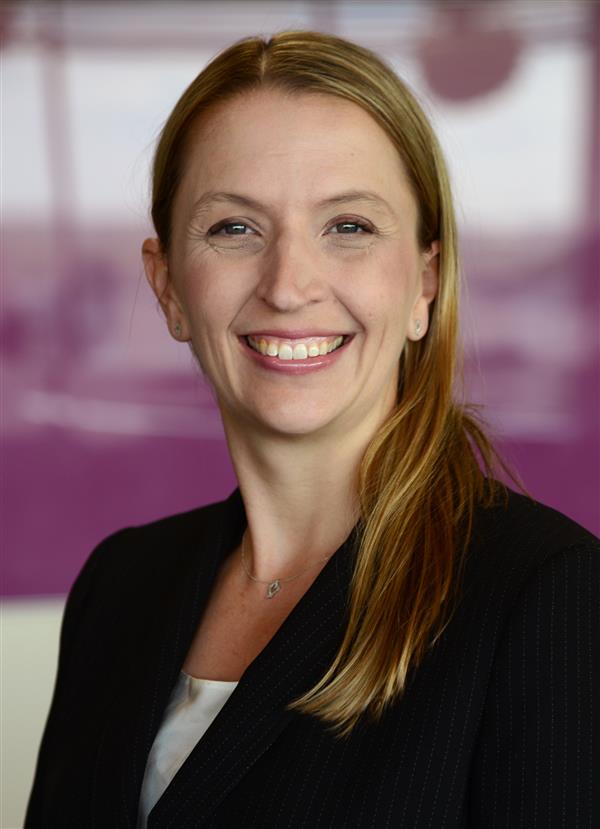
Allyson Alexander, MD
Neurosurgery, Neurosurgery - Pediatric
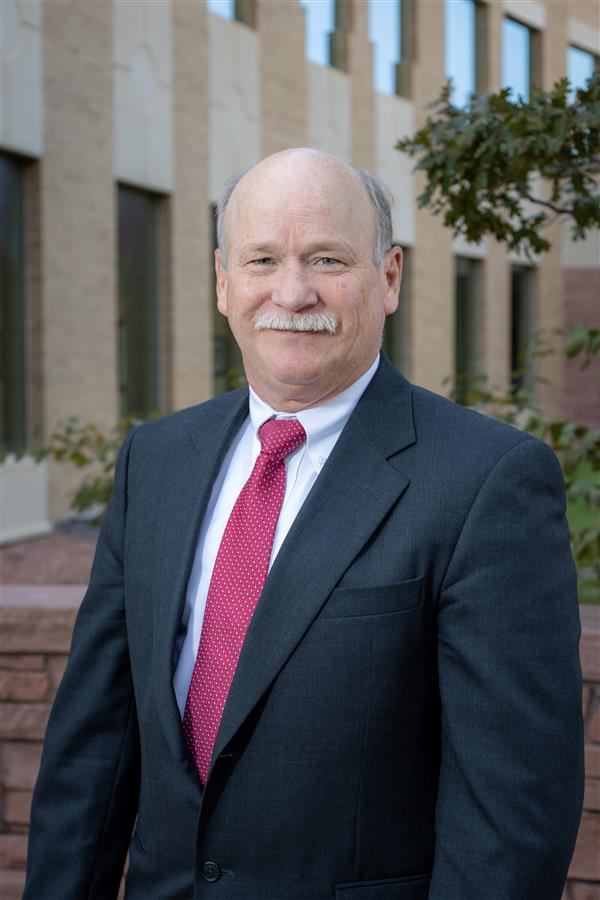
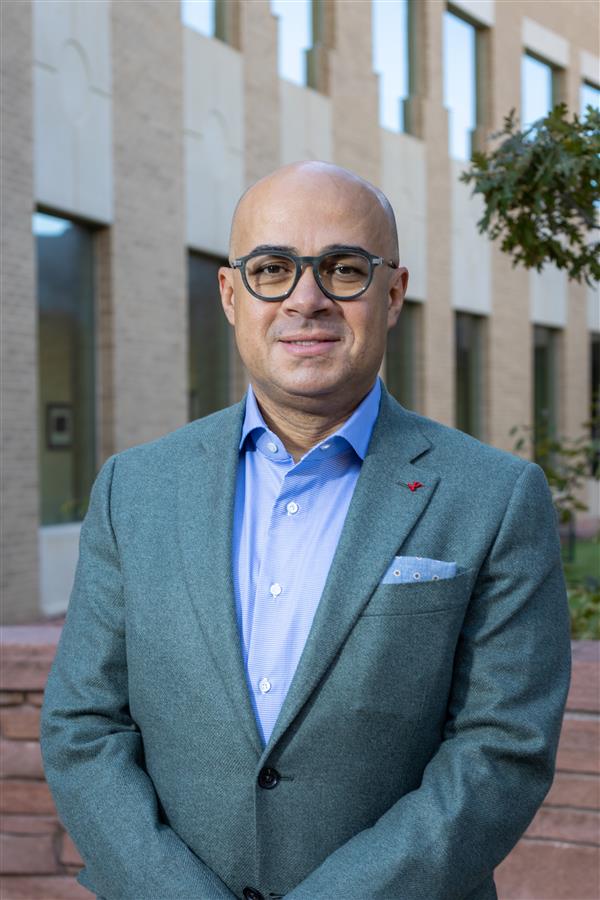

Jean Milholland, PA-C
Physician Assistant



 720-777-0123
720-777-0123




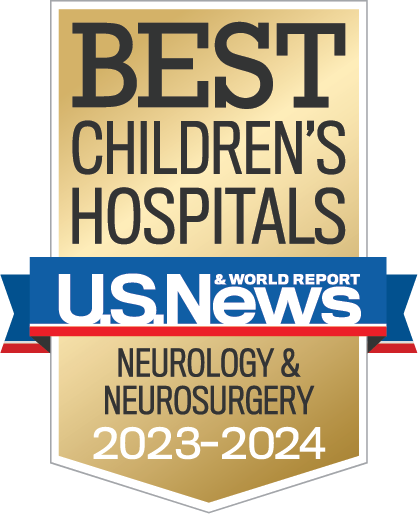 We provide comprehensive care for developmental and nervous system disorders ranging from complex neurosurgery to cognitive and behavioral counseling.
We provide comprehensive care for developmental and nervous system disorders ranging from complex neurosurgery to cognitive and behavioral counseling.